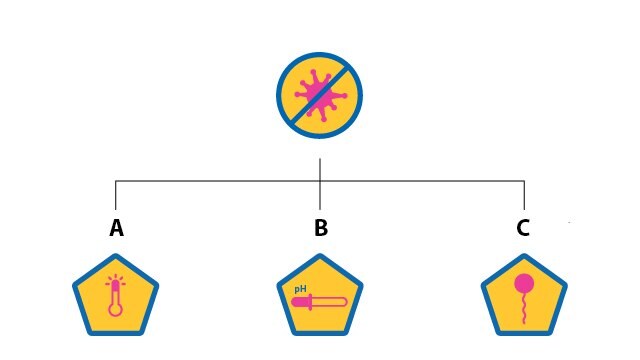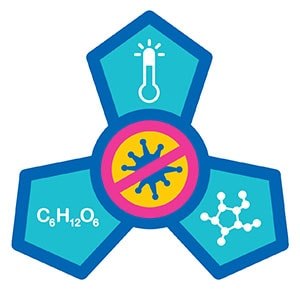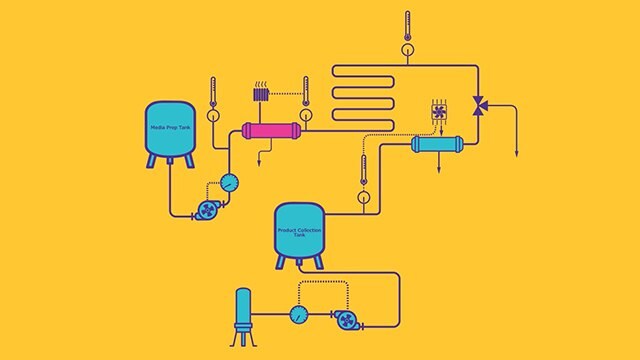Virus Inactivation

A: Heat Inactivation; B: Low pH Treatment; C: Detergent Treatment
Patient safety is at the heart of biopharmaceutical processing. Through viral processing, such as virus filtration or virus inactivation, viral contamination of the final drug product is prevented. In contrast to virus filtration, which involves the removal of viruses from a solution, virus inactivation stops the virus from being infectious. Three different technologies exist for virus inactivation: heat (for example, pasteurization), low pH treatment, and solvent/detergent treatment.
While methods of achieving viral safety vary, the underlying needs are the same regardless of the method applied:
- Choosing the right method for your process
- Sourcing high-quality raw materials that are free of any contamination
- Meeting today’s demanding pharmacopoeia requirements
We offer a variety of differentiated raw material solutions that address these requirements, while supporting patient safety.
Related Product Resources
Products

High Temperature Short Time (HTST) pasteurization is the leading upstream method of viral risk mitigation for biopharmaceutical manufacturers striving to prevent costly contamination events. Our point-of-origin HTST raw material treatment offers an effective solution for high-risk raw materials such as glucose, achieving an approximate 6 log reduction (99.9999%) without impacting feed viability or performance. With our two redundant HTST trains we can provide supply chain security and flexibility of scale, offering HTST treated glucose for clinical and commercial scale applications. Outsourcing HTST pre-treatment offers a robust viral clearance option for large-volume, high-risk raw materials, allowing you to save on upfront capital expenditures while reducing your operational footprint.
Low pH Treatment
An important virus inactivation method for monoclonal antibody (mAb) manufacturing, use of low pH reagents requires high-quality materials that can prevent microbial contamination and satisfy regulatory demands. Our reagents feature low bioburden and endotoxin levels, manufactured or purified under good manufacturing practices (GMP) for consistent high purity. To protect your API during this process step, our portfolio also includes a range of protein stabilizers.
All reagents are integrated with our Emprove® Program to simplify your raw material qualification and documentation process. Specifically for sterile applications, the Emprove® Expert portfolio was developed to meet the demands of high-risk applications. For example, our low pH reagents are backed by Emprove® dossiers that include:
- Information on manufacturing process
- Elemental impurities information
- Specification & Material Safety Data Sheet
- Purity, stability, and supply chain information, including bioburden and endotoxin limits where applicable
- Product Quality Report & Self Assessment
- Other quality related information
Solvent/detergent treatment
Solvent/detergent treatments disrupt the lipid membrane of enveloped viruses and lead to inactivation, a critical step in many viral clearance strategies. They can be used as an orthogonal method for pH inactivation or as a replacement for pH inactivation in the production or extraction of pH-sensitive molecules. Our branded Emprove® products meet the high regulatory standards demanded of your raw materials, manufactured or purified to GMP standards for consistently high purity and process reliability.
Speeding you through the regulatory maze
As part of our industry-leading Emprove® Chemicals portfolio, all virus inactivation offerings are supported with comprehensive, up-to-date documentation to help you navigate regulatory challenges, manage risks, and improve processes.
To continue reading please sign in or create an account.
Don't Have An Account?